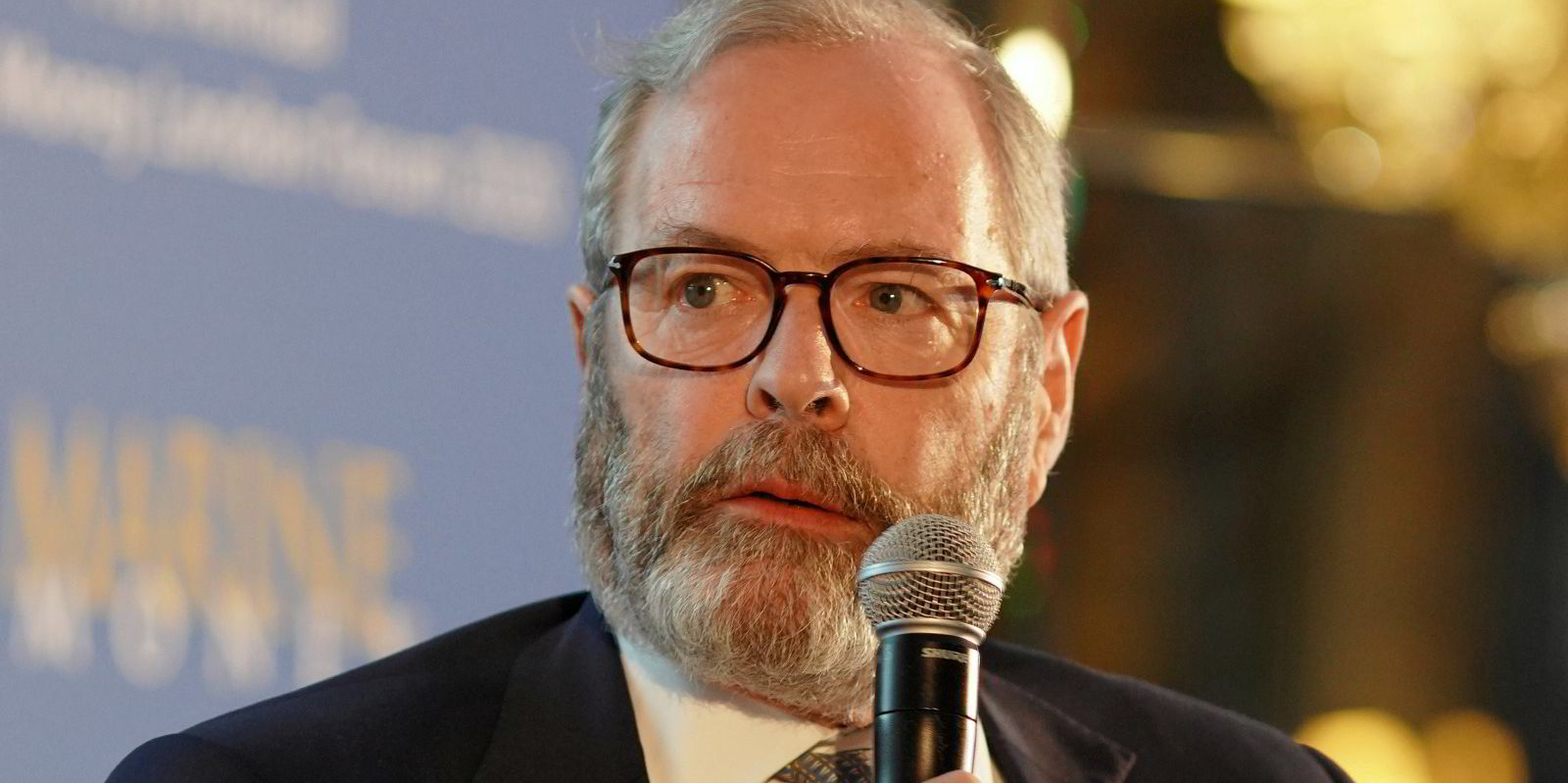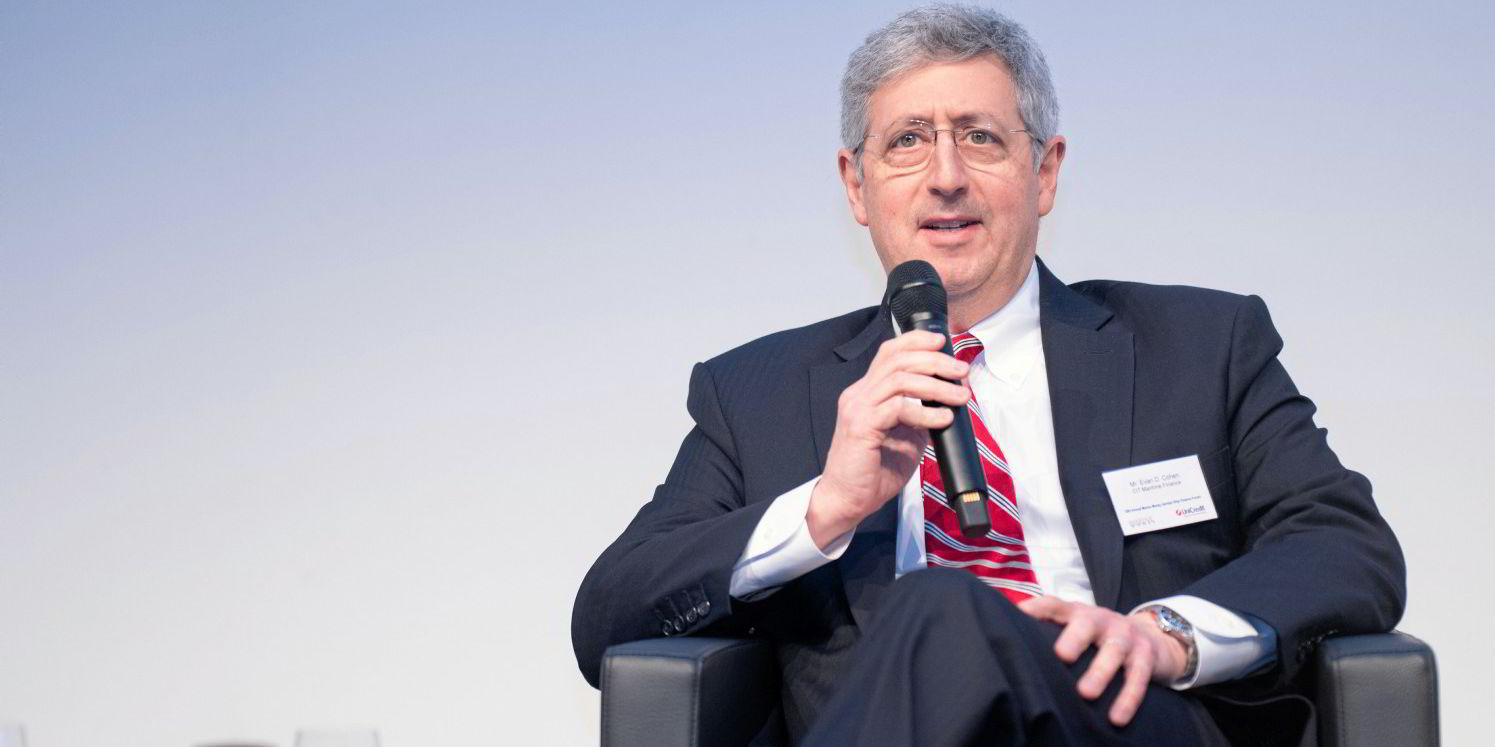When shipowners pay back debt early, that’s a good thing, right?
In a savagely cyclical industry whose market troughs have claimed one company after another owing to high leverage over the years, it must surely be for the best when owners seem to have learnt their lessons.
Still, the feeling wasn’t entirely unanimous when a panel of lenders met up recently at Capital Link’s annual investor conference in New York.
“I have not ever seen this level of prepayments,” marvelled Evan Cohen, the veteran DVB lender who now heads shipping at New York’s CIT Bank.
“On one level it’s good. You like to see your clients making smart decisions. On the other hand, I have a job to do, which involves having people borrow money. We’ll probably see the same amount going out as coming back in this year. I’ve never seen so much money come back.”
It was an amusingly frank moment, made more so by a comeback from Christos Tsakanos, head of global shipping for DNB.
“Bankers are never happy,” he said. “I think it’s a good thing. I think we’ll also see more consolidation as owners get stronger. So I think it’s a net positive.”
Citi global head of shipping, logistics and offshore Michael Parker also noted the trend, saying shipping’s overall debt level had been halved to $300bn from $600bn a few years ago.
“One of the key problems for this industry has been high leverage ― low leverage is where it needs to be,” Parker said.
Due to uncertainty over future propulsion systems and other factors, Parker said he could not foresee a scenario in the near term where shipowners binge on ordering newbuildings.
But Parker said there is another factor that will cause owners to part with some of their windfall cash: the adoption of new vessel emissions standards under the Energy Efficiency Existing Ship Index (EEXI) and Carbon Intensity Indicator (CII) beginning in 2023.
“The capital needs to be redeployed,” Parker said.
“When CII comes in in January, then comes the issue of retrofitting ships. Those who have held back will be forced to spend some of that money. Retrofitting is where most of the money will go over the next few years, so it’s good that owners are in a strong cash position.”
Most of the aggressive debt paydown has come in dry bulk and container ships, where markets ran rampant in 2021 and into the first half of 2022.
Both sectors now face markets coming off the boil, and container ship owners in particular stare down the inevitable issue of counterparty risk as the market resets.

But public boxship owners like Zim, Seaspan Corp and its parent Atlas Corp and have travelled some ways down the road toward investment grade credits, while their dry bulk peers dramatically lowered leverage and in the case of Genco Shipping & Trading have a target of zero net debt in the crosshairs.
Now it may be time for tanker owners to exploit their own better-late-than-never market recovery and follow suit.
“I think you can add Scorpio Tankers to that list,” said Jefferies analyst Omar Nokta in an interview with Streetwise, as he noted the company’s buyback of some 600,000 shares in recent months and declaration of purchase options on nine lease-financed tankers.
“The unwind of the leasebacks are effectively prepayments of debt,” Nokta said.
He does not see the EEXI/CII issue as much of a burden, at least on the public owners.
“I don’t think we’ll see much in the way of capital outlay to comply with the EEXI/CII from the public companies ― they look to be in good shape,” Nokta said.
“However, we expect those with older fleets will gradually look to sell older non-eco ships and replace them with modern eco ships to enhance their ratings as we get into the second half of the decade.”
The burden may be relatively greater for smaller private owners as stated in a recent interview by NIBC Bank global shipping head Michael de Visser, who tends to finance such companies. He compared the burden to the requirement for ballast water treatment systems.
“This is going to cost some cash,” de Visser said. “We as a bank are very focused on the balance sheet and cash position of our clients. It’s the same with ballast water treatment systems. Do you have the $500,000 that is needed?”
More ship finance news
Petredec said the building of a stake in an Oslo-listed VLGC rival helped give it the confidence to consider its own tilt at a potential public listing. Click here to read.
Poseidon Acquisition Corp has significantly increased its bid for Atlas Corp, the parent company of container leasing giant Seaspan Corp. Click here to read.
Hurricane season could provide a further boost to an already hot product tanker market, BRS Group said in its weekly tanker note. Click here to read.



